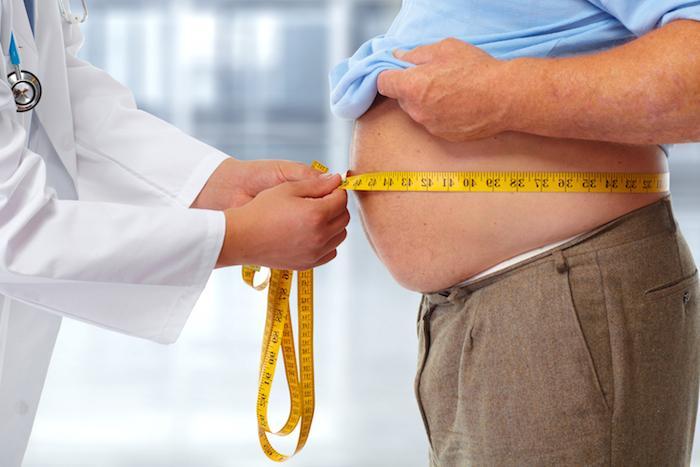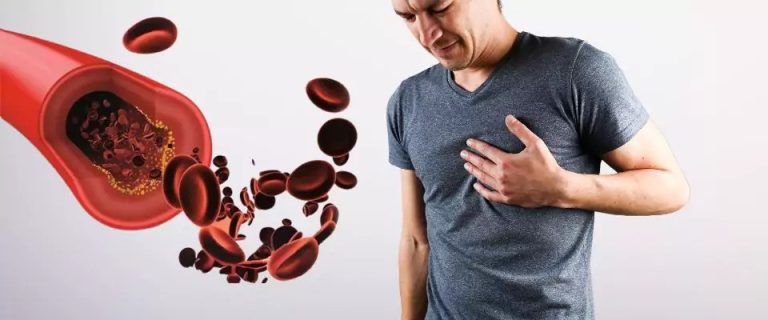Balancing your cholesterol is crucial for your overall health. When your cholesterol is out of balance, it increases the risk of severe cardiovascular issues. Two primary types of cholesterol are good and bad for your health. The good cholesterol is called the high-density lipoprotein (HDL), while the bad cholesterol is referred to as the low-density lipoprotein (LDL). While LDL can cause cholesterol to enter the bloodstream and clog the artery, HDL helps to remove cholesterol from the bloodstream. LDL also increases the risk of heart attacks. However, you can prevent this by making lifestyle changes that improve your cholesterol levels. Here are some natural ways to effectively lower your cholesterol levels.
1. Eat More Monounsaturated Fats
Despite the traditional belief that fat is bad, not all fats are bad for your health. Monounsaturated fats are very beneficial in lowering LDL levels and increasing HDL levels. You can consider adding foods like olive oil, avocados, nuts (almonds, cashews, and pecans), nut butter, and olives into your diet as they are rich in monounsaturated fats.
2. Consume Polyunsaturated Fats, Especially Omega-3s
Research has shown that polyunsaturated fats, particularly omega-3 fatty acids, can effectively lower LDL cholesterol. This also reduces the risk of heart disease. Consider adding foods that have a high concentration of polyunsaturated fats. Fatty fish like salmon, mackerel, and herring are a good source of polyunsaturated fats. You can also consider adding shellfish like shrimp and fish oil supplements. Eating these foods supports your cardiovascular system, so eating them a few times weekly will improve your health.

3. Avoid Trans Fats
Avoid bad fats such as trans fats as much as possible. Trans fats are bad for your health because they are chemically modified unsaturated fats. These fats increase LDL and decrease HDL, leading to a higher risk of cardiovascular illnesses. Some of the common foods that contain trans fats are margarine and shortening, baked goods like pastries and cakes, fried fast foods, and certain microwaveable popcorn. To avoid foods with trans fats, you can develop a habit of checking food labels and steering clear of items with partially hydrogenated oils.
4. Consume More Soluble Fibre
Increasing your soluble fibre intake is a good way to lower your LDL levels. Soluble fibre prevents cholesterol from entering the bloodstream by binding to cholesterol in the digestive system. Some soluble-fibre-rich foods that you can consider include oats and oat cereals, beans and lentils, Brussels sprouts, fruits (apples and oranges), and flaxseeds.
5. Start Exercising
Exercise is a great way to naturally lower your LDL and also increase your HDL. Through physical activity, you can maintain your fitness while balancing your cholesterol. Consider doing 150 minutes of moderate aerobic exercise per week, which is recommended by the American Heart Association. You can try activities such as walking, cycling, swimming, and strength training, which will improve your cholesterol.

6. Manage Your Weight
Excess weight has been linked to higher LDL levels and lower HDL levels. You can improve your cholesterol by losing even a small amount of weight. Having a balanced diet and exercising regularly will help you to achieve and maintain a healthy weight.
7. Stop Smoking
Smoking will lead to an increase in LDL and a decrease in HDL. It can also cause cholesterol buildup in arteries. Smoking increases the risk of heart disease, but you can reduce this risk and manage your cholesterol by quitting smoking. You can consider consulting a healthcare provider for support.
8. Lower Alcohol Consumption
Drinking excessive alcohol can cause several severe health risks. Alcohol can lead to high cholesterol, so drinking in moderation is important. Having a moderate alcohol intake may increase HDL levels. Research shows that women are recommended to have no more than one drink per day, while men can take two drinks per day. Regardless of it improving your cholesterol, if you don’t drink alcohol, you can avoid it rather than start now to increase your HDL.

